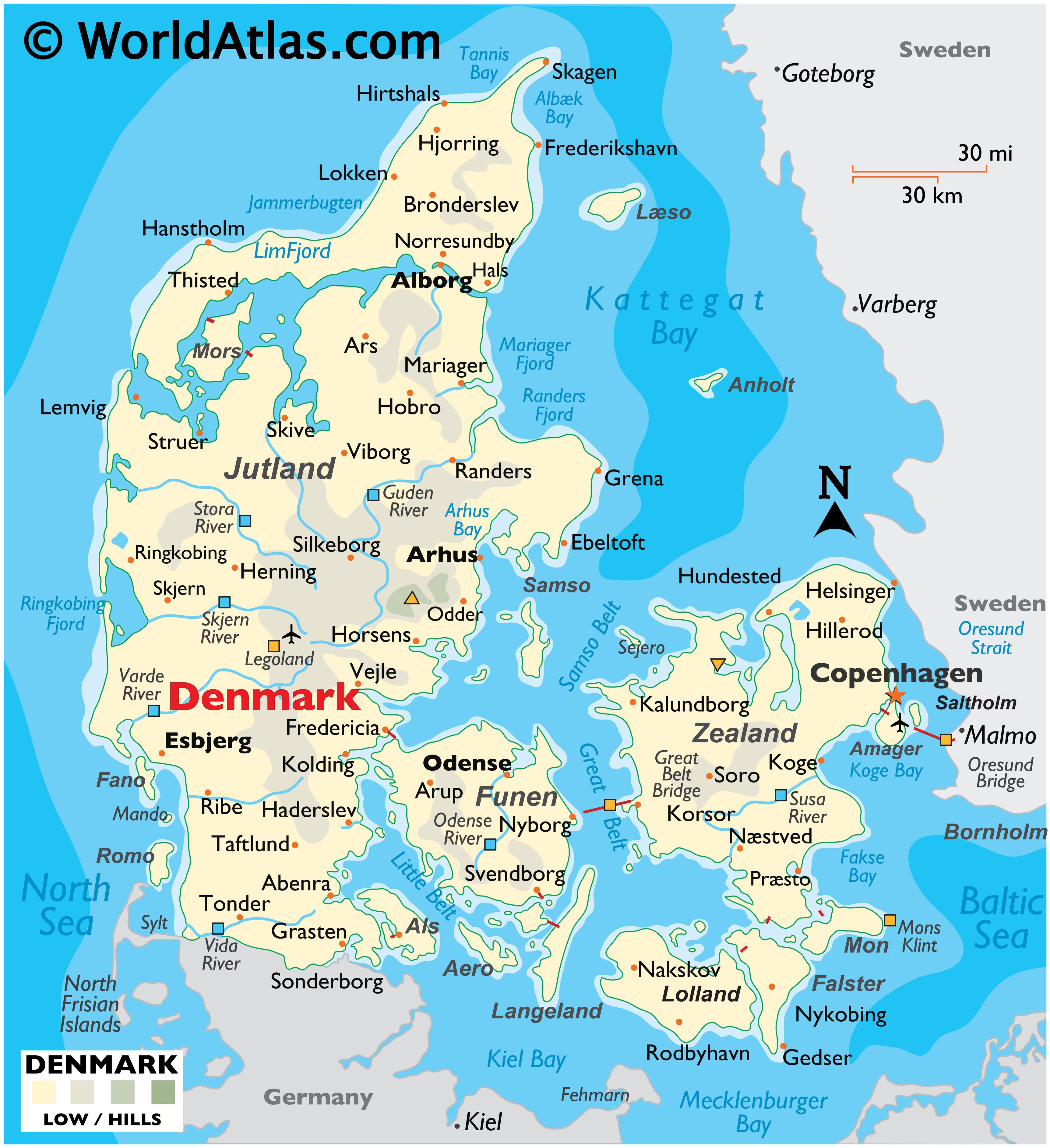The Copenhagen TransAtlantic Ocean Literacy meeting begins tomorrow, so it's an appropriate time for some background on the Ocean Literacy campaign.
In the US, the public was largely ignorant of the importance of the ocean their lives. Additionally, ocean science content did not fit easily into the US science education standards and there was no consensus on what was important to include in the classroom. The original intent in developing the Ocean Literacy Essential Principles and Fundamental Concepts was to support the inclusion of ocean science content in US science education standards.
The response was a grass-roots effort involving a wide variety of organizations, educators, scientists, and policy people using inclusive, democratic, transparent process built on and credited past efforts. The process resulted in a definition of Ocean Literacy, the Essential Principles and Fundamental Concepts, and the Scope and Sequence. Several key organizations were instrumental in the development of Ocean Literacy, including the College of Exploration, the National Marine Educators Association (NMEA), National Oceanic and Atmospheric Administration (NOAA), Lawrence Hall of Science (LHS), Sea Grant, and Centers for Ocean Science Education Excellence (COSEE).
US-based Definition of Ocean Literacy
Ocean Literacy is an understanding of the ocean’s influence on you and your influence on the ocean.
An ocean-literate person:
- Understands the Essential Principles and Fundamental Concepts about the ocean;
- Can communicate about the ocean in a meaningful way; and
- Is able to make informed and responsible decisions regarding the ocean and its resources.
Together, the Essential Principles and Fundamental Concepts and the Scope and Sequence comprise the Ocean Literacy Framework.
The Essential Principles of Ocean Literacy
1: The Earth has one big ocean with many features.
2: The ocean and life in the ocean shape the features of Earth.
3: The ocean is a major influence on weather and climate.
4: The ocean makes the Earth habitable.
5: The ocean supports a great diversity of life and ecosystems.
6: The ocean and humans are inextricably interconnected.
7: The ocean is largely unexplored.
For an overview of Ocean Literacy, please view the Ocean Literacy video from the College of Exploration.
The Scope and Sequence
Following publication of the Essential Principles and Fundamental Concepts, the question remained: If you want students to understand the Ocean Literacy fundamental concepts by Grade 12, what would you teach in K-2, 3-5, 6-8, 9-12? The resulting Scope and Sequence consists of the complete set of conceptual flow diagrams of all Ocean Literacy Principles for all grade bands. It is a logical, coherent approach to building complex ideas. Below is an example of the conceptual flow diagram for Essential Principle 1 for Grades K-2:
 |
| Portion of the Conceptual Flow Diagram for Ocean Literacy Principle 1, Grades K-2. |
The conceptual flow diagrams of the Scope and Sequence, by Principle and grade band, are available for download here.
Impact of the US Ocean Literacy Campaign
As the original intent of the development of the Ocean Literacy guide was to influence US national science standards, the impact beyond US borders was unanticipated. Since the publication of the original guide in 2005 ocean science educators, scientists and policy makers around the world have embraced, adopted or adapted the Ocean Literacy Essential Principles and Fundamental Concepts, including Portugal.Numerous organizations have formed to facilitate Ocean Literacy in their home countries or regions, including International Pacific Marine Educators Network (IPMEN), European Marine Science Educators Association (EMSEA), Canadian Network for Ocean Education (CaNOE) and most recently the Asian Marine Educators Association (AMEA).
Significant milestones in Europe include the European Commission (EC) announcing an Ocean Literacy request for funding, resulting in the formation of the SeaCHANGE and ResponSEAble projects . Additionally, several TransAtlantic Ocean Literacy (TOL) meetings have occurred - Plymouth, UK in 2013, Gothenburg, Sweden in 2014, Lisbon, Portugal in June 2015 and Copenhagen, Denmark beginning tomorrow. The momentum in Europe is amazing!







































